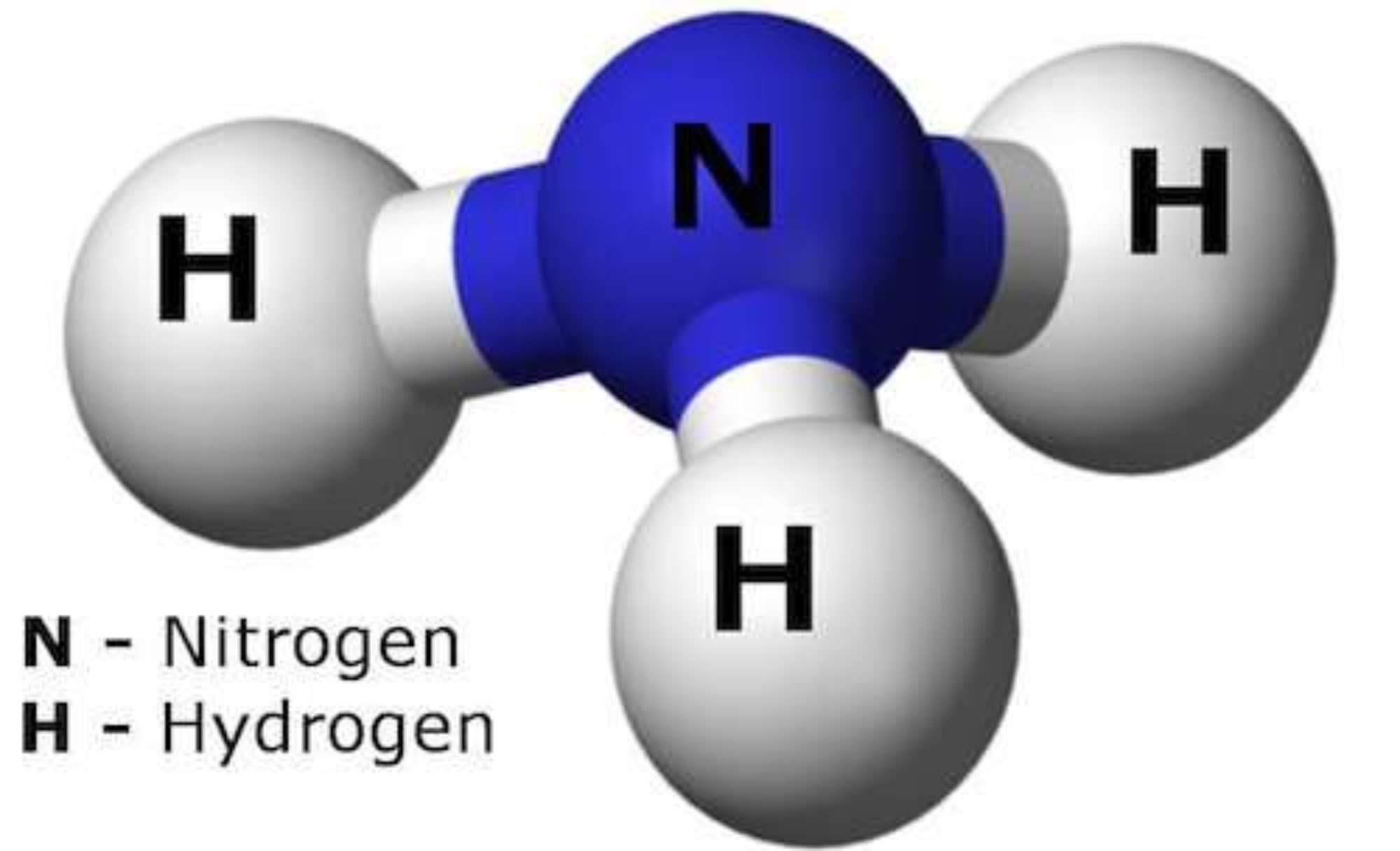The X-15 Hypersonic Research Program
In a joint research program that NASA conducted with the Air Force, the Navy, and North American Aviation, Inc., the X-15 experimental aircraft set the world’s unofficial speed and altitude records for crewed flight. Information from the highly successful program contributed to the Mercury, Gemini, Apollo, and Space Shuttle piloted space flight programs.

Image above: The X-15 in flight. Credit: NASA
In 1954, the National Advisory Committee for Aeronautics (NACA) Research Airplane Projects Panel discussed the need for a research airplane to continue studies in hypersonic (above Mach 5) and space flight. The NACA established the characteristics of what became the X-15 and presented them to the Air Force and Navy in July. The two services and NACA signed a memorandum of understanding for the joint project in December 1954. The Air Force selected North American to develop three X-15 research aircraft in September 1955.
The X-15 program investigated piloted hypersonic flight in the areas of aerodynamic performance and heating rates, structural behavior during high heating and high flight loads, hypersonic stability and control during exit from and reentry of the atmosphere, and pilot performance and physiology.
The X-15 Aircraft03.01.06
A North American team designed the aircraft, with technical guidance from the NACA Langley Aeronautical Laboratory (now NASA Langley Research Center), Hampton, Virginia. The basic X-15 was a single-seat, mid-wing monoplane. The X-15 initially flew with two XLR-11 engines, producing a thrust of 16,380 lb. Later, the Thiokol Chemical Corp. throttleable XLR-99 engine was installed. The XLR-99 provided a maximum thrust of 57,000 lb. and a minimum thrust of 28,000 lb. It was fueled by anhydrous ammonia and liquid oxygen.

Image above: A NASA engineer and technician prepare an X-15 model for wind tunnel tests. Credit: NASA
Three rocket-powered X-15s flew a total of 199 times. The first X-15 arrived at the NASA High-Speed Flight Station (now NASA Dryden Flight Research Center) in early 1959. All flights took place within the “high range” east of Edwards Air Force Base, California, and the NASA Flight Research Center.
Because the rocket engine consumed large amounts of fuel, the X-15 was air launched from a B-52 research aircraft at about 45,000 feet, flying over 500 mph. Depending on the mission, the rocket engine provided thrust for the first 80 to 120 seconds of flight. The remainder of the normal 8- to 12-minute flight was without rocket engine power and ended in a 200-mph glide landing. Because the nose wheel lacked steering and the main landing gear employed skids, the X-15 landed on a dry lakebed. The Rogers Dry Lake adjacent to Edwards and Dryden was the intended landing location for all flights, but numerous lakebeds were selected in advance for emergency landings.
The X-15 used conventional aerodynamic controls for flight in the dense air of the usable atmosphere. Rudder surfaces on the vertical stabilizers controlled yaw (i.e., movement of the nose left or right) and canted horizontal surfaces on the tail controlled pitch (i.e., nose up and down) when moving in synchronization or roll when moved differentially.
For flight in the thin air outside the Earth’s atmosphere, the X-15 used a reaction control system. Hydrogen peroxide thrust rockets on the nose of the aircraft provided pitch and yaw control. Those on the wings furnished roll control.
The outer skin of the X-15 was a nickel-chrome alloy called Inconel X, employed in a heat sink structure to withstand the results of aerodynamic heating when the aircraft was flying within the atmosphere. The cabin was made of aluminum and was isolated from the outer structure to keep it cool.
